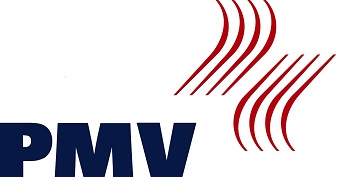The motives of the V.D.P. to establish a chair in Darmstadt were the person of the Privy Building Councillor Prof. Adolf PFARR, who was already head of the chair for hydroelectric machines at the TH Darmstadt at that time. Pfarr studied mechanical engineering at the Royal Polytechnic in Stuttgart between 1870 and 1873. His professional career began with a manufacturer of woodworking machines, the company Gebr. Schmaltz in Offenbach a. M., from where he changed to the German Waterworks Society in Frankfurt a. M. after only one year. In 1875 he finally joined the services of J.M. Voith. At that time Voith was a small company whose owner and boss, Friedrich Voith, had also studied at the Polytechnikum Stuttgarter and employed about 100 people in 1875. Pfarr first rushed into the further development of the Francis turbine and became a congenial employee of Friedrich Voith, who described him as an “ingenious engineer” on the occasion of an anniversary in 1892. During his time at Voith, Pfarr developed a lively travel activity to discuss new projects, rebuilds and start-ups as well as customer complaints. He also worked as a designer, made numerous suggestions for improvements and planned entire factories [10].
In 1897 he was appointed full professor and chairman of the chair for hydroelectric machines at the TH Darmstadt. In the years 1900 – 1902 he was dean of the department of mechanical engineering and in the academic year 1902/03 rector of the Technical University Darmstadt. His affinity to papermaking and his wealth of experience from his work at Voith prompted him to offer lectures on papermaking machines as early as 1900. The academic training in the field of paper engineering began in 1905, after the V.D.P. had decided, in agreement with the Darmstadt Technical University, to set up “university courses for the training of factory managers and paper technicians”. In 1905 he was appointed the first head of the institute of the Chair of Paper Engineering. In 1905, the specialization as a paper engineer began with only three students, but by 1912 53 students were already enrolled, which clearly demonstrated the need for young people trained in engineering science. Prof. Pfarr was granted the privilege of commissioning the experimental paper machine at the Institute for Paper Manufacturing in 1912, before he died unexpectedly and far too early on his birthday, 11 December 1912, at the age of 61.




